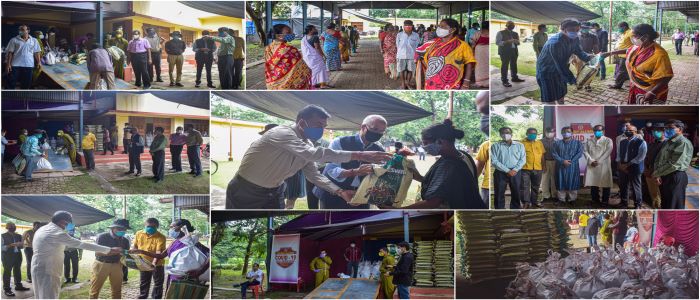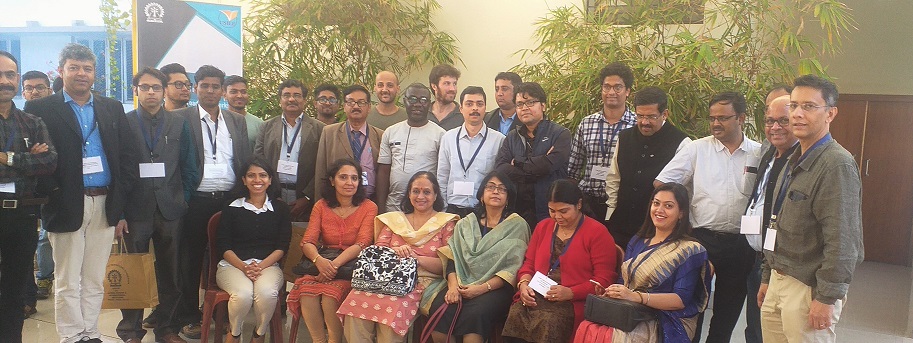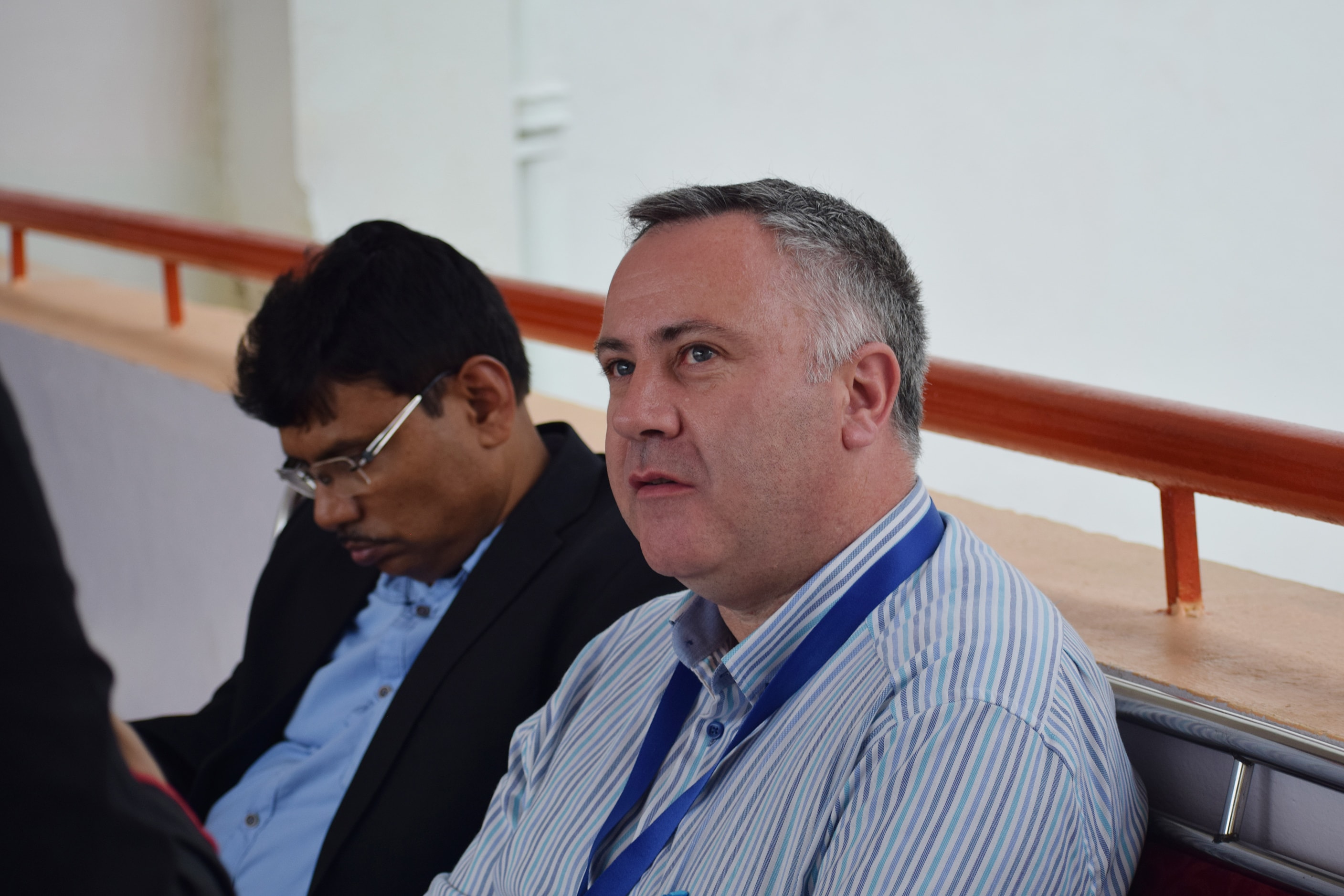 Had she known it, Greta Thunberg – the teenage Swedish environmental activist who has given up airline travel to cut down on her carbon footprint – would have been doubly upset. The airline industry is far more polluting than she can imagine. The commercial aircraft industry relies on composite materials to produce lighter and more durable aircraft. But a large amount of waste is generated in the production process.
Had she known it, Greta Thunberg – the teenage Swedish environmental activist who has given up airline travel to cut down on her carbon footprint – would have been doubly upset. The airline industry is far more polluting than she can imagine. The commercial aircraft industry relies on composite materials to produce lighter and more durable aircraft. But a large amount of waste is generated in the production process.
Composite materials, or composites as they are commonly known, are a class of materials in which polymers are reinforced with stiff fibres (usually glass or carbon). Carbon fibres can have extreme stiffness while the polymers hold together the fibres and distribute the stress. When combined together, composite materials are created that can be 10 times stronger than Aluminium but only half as heavy. Not surprisingly, composites today are the preferred material in the aviation industry to make aircraft. A Boeing 787 airplane, for example, contains 50% by weight of composites, which is about 32,000 kg of carbon fibre reinforced polymer (CFRP).

But composites are usually manufactured by cutting the prepreg (short for pre-impregnated fibre) into desired shape; laying the cut outs in desired shape and subjecting the layup to heat and pressure leading to consolidation. A large amount of waste is generated in the form of skeleton of left over prepreg and out of specs prepreg rolls.
Currently, airline production of Boeing and Airbus leads to estimated waste of about 4 million lb/year of cured and uncured prepreg annually. This is a highly engineered expensive material which is dumped or burnt. With the automotive industry poised to consume more carbon fibre (and generate additional production scrap), recycling and reuse of composite production waste will soon be essential.
At IIT Kharagpur, we have been involved in developing easy manufacturing methods to use the in-process waste and fabricate composites with reasonable properties. The adopted approach has been to cut the prepreg scrap into rectangle strands and use different layup methods to create laminates which are subject to a combination of heat and pressure for consolidation.

This is a challenging process that includes accounting for the partial cure of the prepreg, the variable shape and size of the strand, and deformation during the consolidation.
Different layup methods have been tried and the relation between the proposed layup technique and mechanical performance parameters has been derived. It is clearly evident that there is strong dependence of the final properties on the manufacturing routes chosen.
We have been trying to determine the optimal shape of the strand through a mix of computational and experimental studies. Apart from improving the properties, we would also like to reduce the variability of properties across different laminates. Also pertinent is the selection of the possible products for the composites created by waste.

Certain performance characteristics of the composites have been found comparable to Aluminium. So we are confident that some viable semi-structural application can be discovered for the composite generated from waste.
The Composites Group at IIT Kharagpur in fact is working towards increasing the applicability of composites by integrated approach to both the manufacturing and mechanics of composites. In general, the research in manufacturing and mechanics of two composites are like two tracks of a railway line, they run parallel to each other but rarely meet. This situation is not ideal as the mechanical performance depend significantly on the manufacturing process parameters. The composite group is actively trying to break this mind-set and have a holistic view on composites. The group at IIT Kharagpur has experience with a wide spectrum of research in the field of composites from basic science to applied engineering.
Apart from the reuse and recycle of composites, we are dealing with ‘Stochasticity in microstructure’. Unlike prevalent engineering materials like Aluminium or Steel which are homogenous, composite materials are inherently heterogonous. Dealing with this heterogeneity is problem of fundamental importance as the properties of the composite depend on the length and orientation distribution of the composite. Also important is the randomness of the spatial location of the fibres.
We have developed analytic methods for homogenization and localization of short fibre reinforced composites which account for the spatial randomness of the fibre location. The modelling results are then validated against full finite element (FE) models. Creating random microstructure for FE model building is another area of interest for the group. We have implemented and automated various random microstructure techniques like random sequential adsorption algorithm. Recently, there have been attempts to use machine learning methods for the same.

Proper industrial deployment of composites also necessities that proper design and simulation protocols are developed for fatigue and other performance attributes. Short fibre reinforced composites are a class of composites which have fibre having small aspect ratio (20-50), which is usually injection moulded. Injection moulding is a manufacturing process where pre-compounded matrix with glass fibre is injected into a mould under high temperature and pressure. As the matrix flows into the mould, it carries the fibres along with itself leading to different fibre orientation distribution (FOD) at every point. The FOD in turn affects the static and fatigue properties.
While homogenization techniques are more or less well established, the same cannot be said of fatigue and damage. We have been trying to derive simple methods to predict the fatigue and damage properties locally as a function of the FOD with required number of input parameters as few as possible.

The ultimate aim in this activity is to be able to reduce the amount of testing required before industrial deployment of composite component can take place. Currently, industrial practice is extensive testing and design based on hit and trial. Increased confidence in simulation can help replace physical tests in lab by virtual testing in computers, thereby reducing significantly the design cycle time as well as cost.
A similar hybrid multiscale approach has been envisaged for 3D printed short fibre reinforced composites and the project has been recently sanctioned by IIT Kharagpur via the Institute Scheme for Innovative Research and Development (ISIRD) scheme.
Owing to the large scale adoption of composite materials by various industries, there is therefore a growing need for trained engineers with expertise in composite materials. The group is actively researching methods and techniques for improvements in the training and pedagogy of composite for the next generation as well.
The group has developed an app (named Composite Express) which is aimed to help master basic concepts of design and micromechanics of unidirectional composites in a fun and engaging manner. The app is designed like a game, where there are different levels each introducing newer concepts and complexities about design of continuous fibre composites.
Graphics : Suman Sutradhar




nice …keep it up